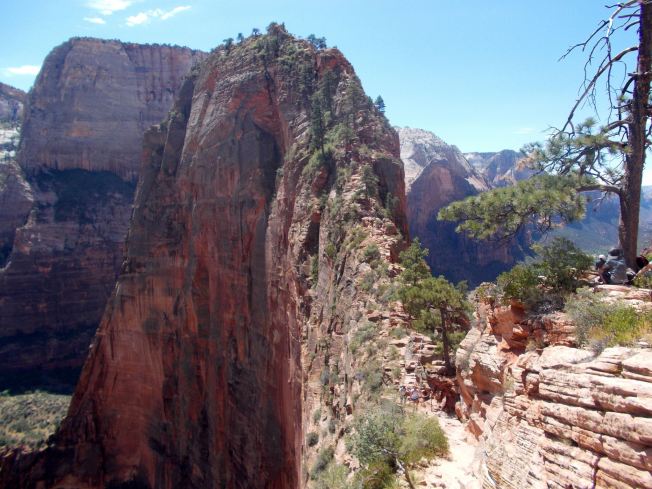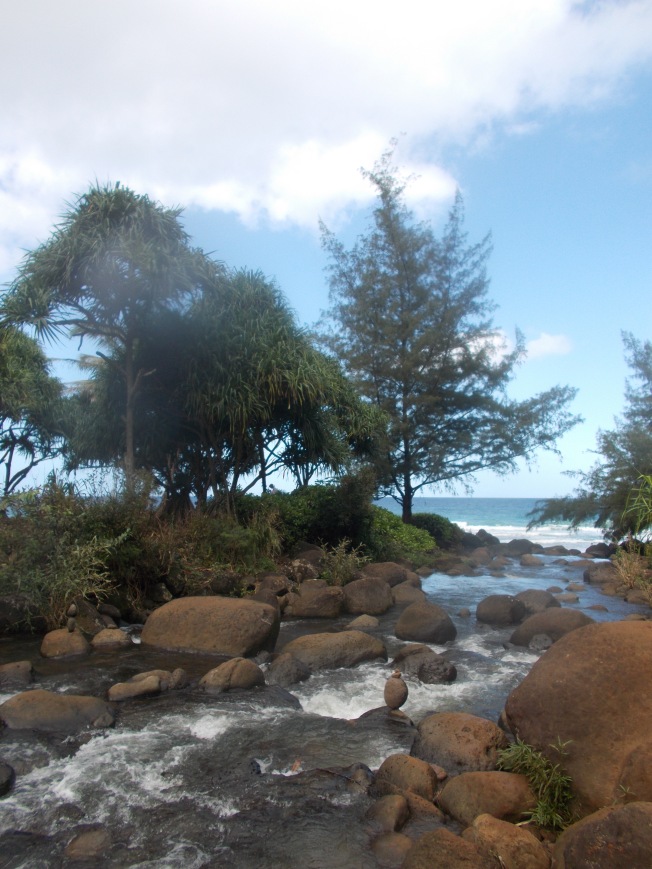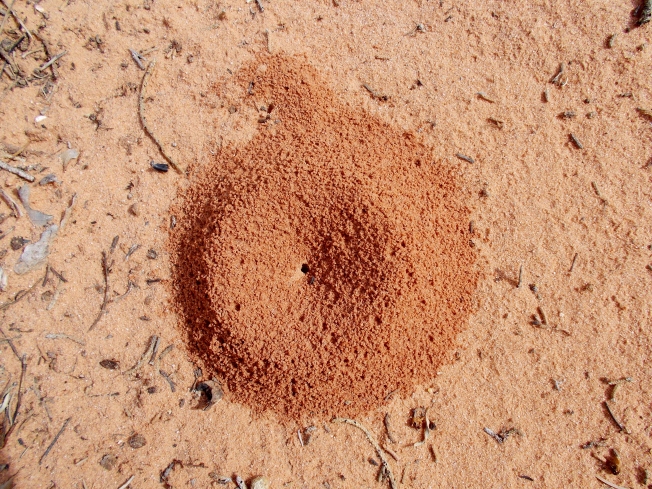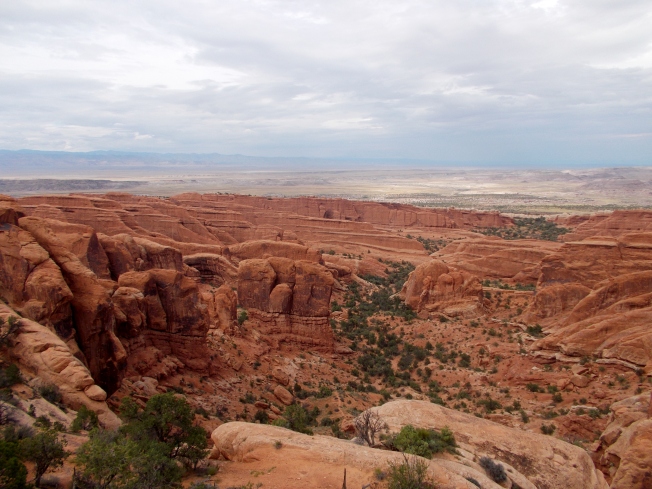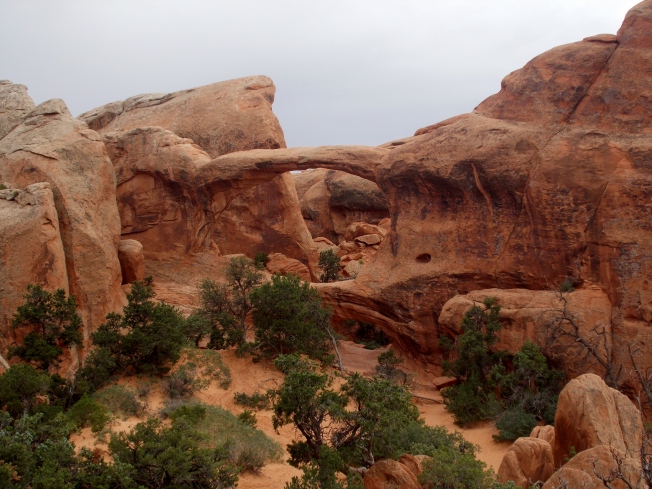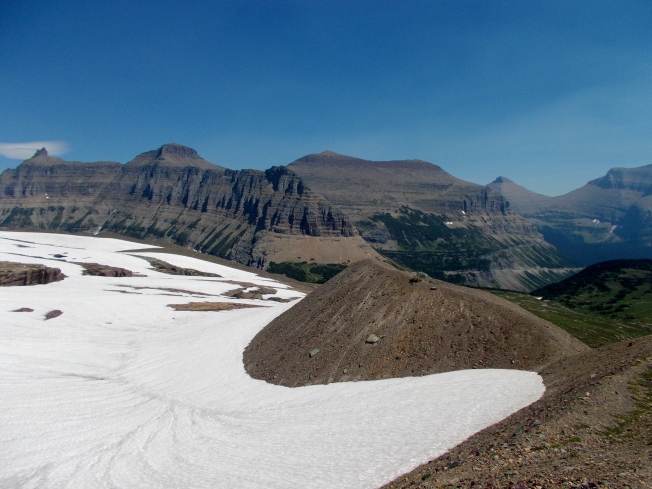‘Failure to prepare means preparation to fail’: that’s something we’re told growing up, whether in school or before competitions. You would think the same motto applied to travel, and in most cases it does. However, the most memorable experiences from travelling do not necessarily arise from preparation, but pure unpredictable chance.
When I started my road trip through the USA, I didn’t consider the possibility of seeing a grizzly bear to be very high. Having not seen one in the Canadian Rockies three years earlier (a black bear from inside a bus doesn’t count), I assumed history would repeat itself, regardless of the breed’s higher population in Montana. Only when my travel buddy and I were walking along the interestingly-named Thunder Knob trail in Washington’s North Cascades one morning did the prospect of coming across a bear seem greater. A clanging noise grew louder through the trees and we passed a couple in expert hiking gear walking their dog with a bell attached to its collar. My friend looked down at his outfit and said, “Okay, now I feel unprepared.”
In Glacier National Park in Montana, tourists are briefed to prepare themselves for seeing a bear. On arrival at the park’s entry stations, drivers are handed leaflets explaining what to do in the event that they encounter one. (Interestingly, this leaflet recommended making occasional bursts of noise, rather than a constant sound.) Bears were described as more likely to avoid human contact than pursue it, but that didn’t make a backcountry hike seem any less risky.
We drove on to Bowman Lake, the secluded “primitive” campground (“primitive” meaning there were pit toilets and no showers, hence a subsequent cheaper price of $15 per night). From the park’s west entrance to the campground in the north-west, it’s a 32 mile drive which mostly involves dusty gravel roads, switchbacks and plenty of potholes. Some cars turned back, fed up with the slow-driving conditions.
At six miles, Polebridge is the closest village to the campground for stocking up on supplies. A small female ranger at the entry station greeted us and we asked her for clarification of what to do upon coming face to face with a grizzly. “Oh well…you know… you just want to show the bear that is has plenty of space to pass,” the lady began slowly in a cute high-pitched voice, tucking some hair behind her ear. “Just stand still and be nice and calm, you know – ‘hey bear’.” The lady’s tone piped higher as she mimed a shy tiny wave that stemmed from her wrist. “Let him know you’re not a threat, you know, just relax…and back off slowly.” We nodded at her and I bit my lip to stop myself laughing at the thought of this little lady waving up a grizzly saying “hey bear”.
Many more potholes and tight pull-overs later, we were rewarded for our patience by views of Bowman Lake with its scenic mountainous backdrop, before we found a spot in the rustic campground. Accompanying the descriptions of each long-distance hike was a warning about bears. All these warnings, understandable as they were, made me a little nervous.
As we set off on a hike along the Lower Quartz Lake trail, I found myself constantly looking over my shoulder, occasionally calling out “hey bear!” in a voice that sounded way too wimpy. Blood flowed to the tips of my toes and fingers. I was in flight-mode and instructions saying to stay still and not run away upon meeting a bear did not seem realistically achievable. I certainly wasn’t going to stand there saying hello with a wave…

An anxious walk along the Lower Quartz Trail
Why was I so worried? This wasn’t like me. Was it because I was with male company that I felt a greater excuse to be scared? Or was it because all these warnings increased the expectation of being confronted by a huge animal? It probably didn’t help that my friend, walking behind me, began telling me a story he’d read about a mountain lion leaping from a tree onto a man’s neck in Washington. I laughed sarcastically to suggest I didn’t believe him, all the while glad he was behind so he couldn’t see me scan the trees suspiciously. As we carried on up the path, he proceeded to sing a made-up song to a bear in a baritone voice.
“Can we turn around now?” I asked a few minutes later. “Are you really that worried?” he asked in surprise. I don’t think I was; I too was starting to believe we wouldn’t see a bear. But the anticipation of doing so was making me skittish, frustrated with the boring trail. “Okay, okay, 10 more ‘hey bears’ and then we’ll head back,” my friend promised. When we got to 10, I turned around and took off running for home, side-stepping tree trunks and skipping roots in the ground. The potential danger had charged me with adrenaline and I felt a mixture of anxiety and excitement as I dashed back along the trail, blood pumping, not looking back. It was a feeling reminiscent of that I’d experienced in BC in 2011.
We reached Bowman Lake breathless with fatigue, relief and laughter, and jumped into the glacial lake, fears forgotten in the freezing cold water.
After all the cautions and expectations, we had not seen a grizzly bear. Both of us agreed that we probably wouldn’t see one the whole time we were in the park.
A day later, we made our way along the incredible Going-to-the-Sun road and stopped to make sandwiches at the quiet picnic area in St. Mary. As I opened the trunk to find the bread, a French lady nearby started gabbling excitedly to her husband and grabbed a camera. Intrigued, we followed her to the edge of the picnic area where a few other people had gathered, whispering giddily.
20 metres away, a small grizzly strolled casually out of a narrow path and ambled past the picnic benches, oblivious to the humans staring at him in fascination. “He looks pretty young…” my friend remarked pointedly, but still people crept out from the bush to take a closer shot as the bear wandered on absent-mindedly into another pathway. Two couples peeped out from the path the bear came from and called over “Has it gone?” French-couple waved them over. “I’m pretty sure it was a cub,” my friend said louder, but again, his hint wasn’t registered. However, it soon became clear the bear was alone, and people went back to eating their sandwiches, as if nothing had happened.
Indeed, it was almost as if it was the thousandth one I’d seen; there was no overwhelming rush of fear or excitement as I had expected, perhaps because I had been bracing myself for this moment for a while, and because the sighting had occurred in a more populous area and with less drama than I had anticipated.

A few minutes later, we ourselves walked along the very path the bear had emerged from to sit at the edge of St. Mary Lake. Even though there was a fresh pile of bear dung feet away, decorated oh so prettily with huckleberries, I didn’t feel nervous at all, completely unfazed by the possibility that this bear might return the way it had come.
Likewise, the first mile of a hike to Otokomi Lake later that afternoon featured bear droppings every 100 metres or so, but still I felt no fear. Finishing the 10 mile-return trail in one piece, I joked light-heartedly, “Calling out ‘hey bear’ probably wasn’t the most sensible phrase to use.” My anxious anticipation had reduced now that I had actually seen the talk-of-the-town for myself.

Our sighting was an experience that many tourists diligently prepare for, researching promising time periods of activity and driving themselves to the most recommended locations before spending hours waiting there, all just to catch a glimpse of a grizzly bear. And yet, kind of like trying really hard to find a new partner, it seems that trying too hard at sightseeing might even threaten progress. Events happen when you least expect them and are least prepared. It’s easy to get drawn into the hype of potentially seeing a special wild animal in risky circumstances; it’s the expectation created by this hype that can make us more nervous than is perhaps necessary, and subsequently less successful.
I feel really lucky to have seen that bear, knowing that many tourists will leave Glacier National Park feeling disappointed about missing out. It almost seems unfair that it happened so easily. Sometimes people simply find themselves in the right place at the right time, and there are no bear necessities when preparing for this type of experience.



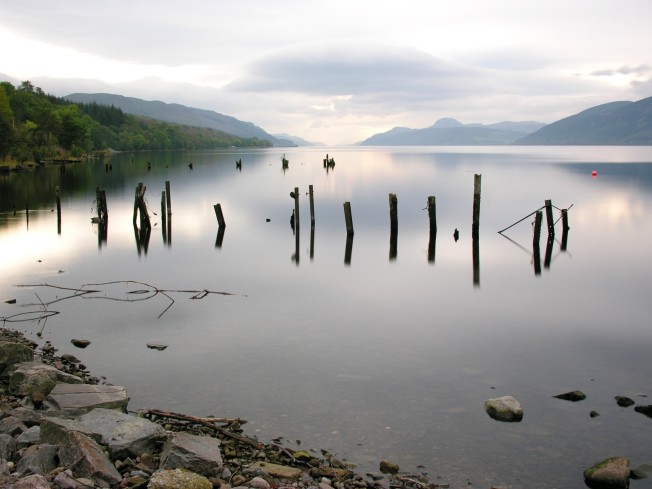

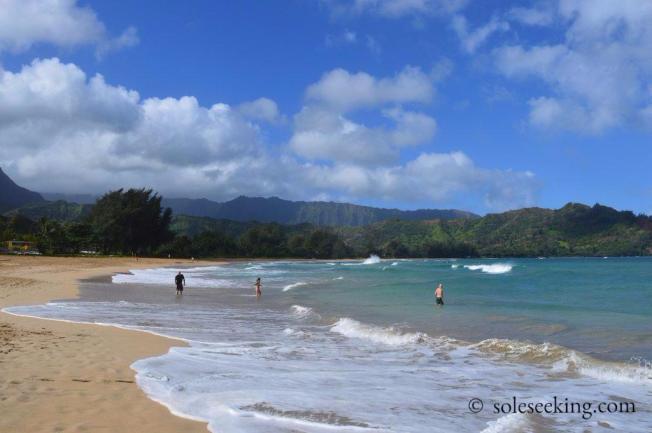

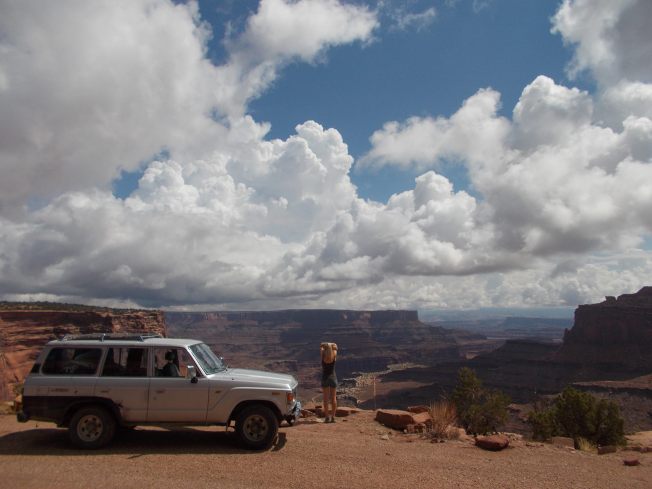



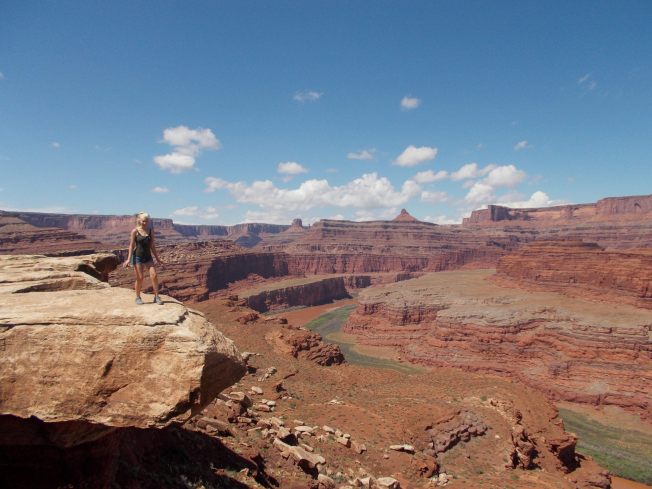








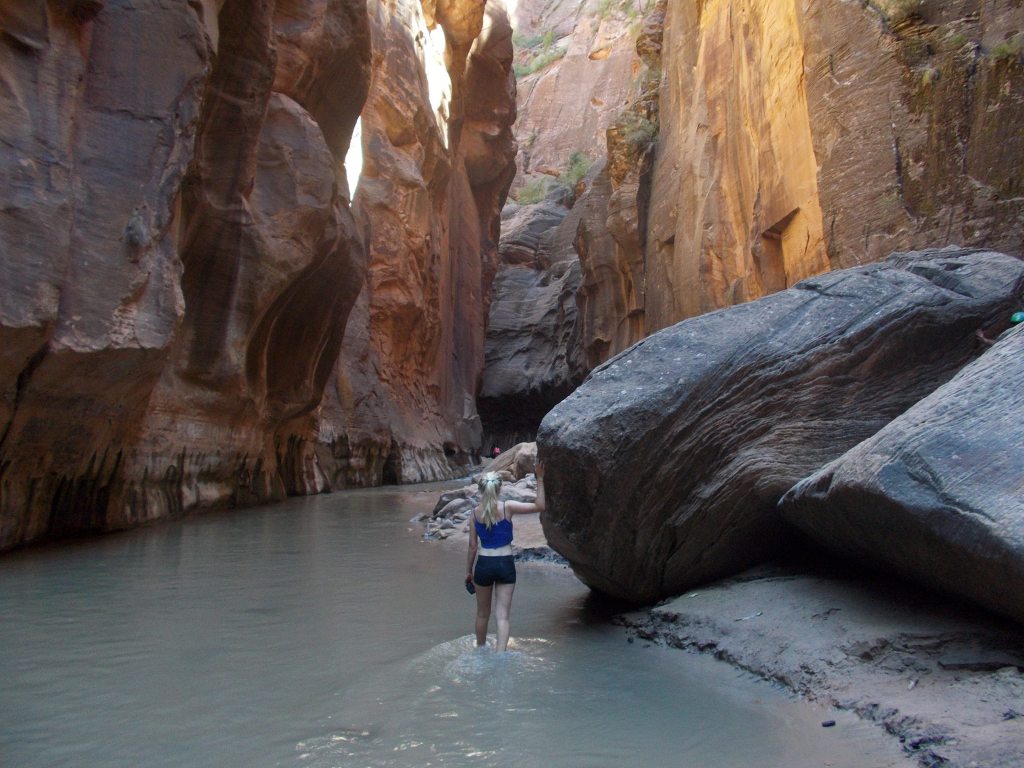 There are points when you might be waist deep in the water, so it’s advisable not to bring valuables with you on this walk. Do bear in mind however that you may be chilly after leaving the water. Nevertheless make the most of the water on your skin as the park only receives 15 cm of rainfall a year!
There are points when you might be waist deep in the water, so it’s advisable not to bring valuables with you on this walk. Do bear in mind however that you may be chilly after leaving the water. Nevertheless make the most of the water on your skin as the park only receives 15 cm of rainfall a year!

